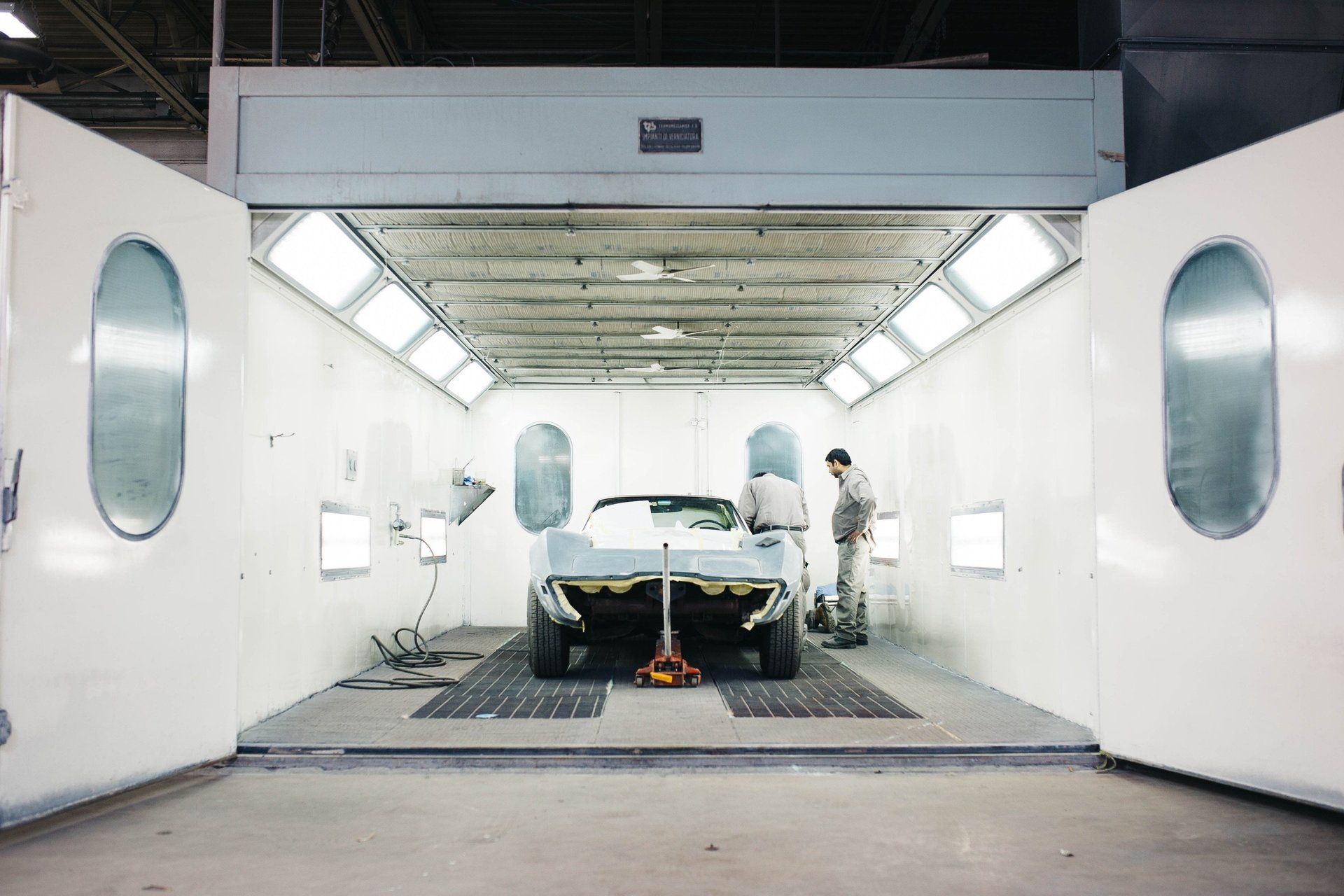Email Us: info@solomonus.com Call Us
+1-833-269-2515
WHOLESALER
WHOLESALER
General merchandise dealers offer a wide range of items — which tend to be low in value and easily replaceable.
Minimum recommended coverage:
Business Personal Property, Business Income, Accounts Receivable, Computers, Goods in Transit, Employee Dishonesty, General Liability, Employee Benefits, Umbrella, Business Automobile Liability and Physical Damage, Hired and Nonownership Auto, Workers Compensation
Other coverages to consider:
Building, Leasehold Interest, Real Property Legal Liability, Money and Securities, Forgery, Computer Fraud, Employment Related Practices
Property exposures
from ignition sources are usually limited in a simple wholesale operation. If any items contain flammables, careful control and evaluation is needed. Items to consider for fire exposures are the type of storage racks; whether palletized or on the floor; whether or not wood pallets are made by the operation; and the size, shape, cut-offs, and fire walls within the storage facility. Damageability is moderate but will depend on the products.
Inland marine exposures
come from Goods in Transit. Most goods can be salvaged and do not have a high breakage potential.
Crime exposure
is from Employee Dishonesty. All ordering and inventory control must be separated in order to maintain checks and balances.
Premises liability
is limited, provided no customer pickup is permitted. If customers pick up goods, loading docks must be user-friendly and areas for pickup must be clearly marked, with customers confined to the specific areas.
Products exposure
is low unless there is direct importing. Vendor’s endorsements from the manufacturers are helpful.
Automobile liability
comes from two different sources. First, there is the salespersons’ fleet. Where do they travel? Where are vehicles maintained? Is personal use permitted? Second is the vehicles that deliver. What is the radius of operations? What is the procedure for drivers who are involved in accidents or violations? Where are vehicles stored when not in use? Is there unloading? For all auto exposure, MVRs must be ordered on a regular basis, and vehicles must be maintained with documentation kept in a central location.
Workers compensation exposure
comes primarily from lifting, which can cause back injury, hernia, sprain, and strain. What kind of training do employees receive, and what types of material lifting or conveying devices are used within the warehouse or wholesale facility? There is also the automobile delivery hazard. What is the training of drivers? Are periodic physicals required? Are driving records reviewed periodically? Do drivers do the unloading? Is this done manually, or are lifting and conveying devices used during loading and unloading?
Solomon Solutions
Insurance
We provide clients with tailored insurancce solutions to meet their specific personal & business needs and exposures.
Risk Management
Assisting customers with their claim issues is the goal of Solomon Agency Claims Management Group.
Employee Benefit
We provide a comprehensive affordable employee benefit programs that support your efforts of enriching your..
Industry Specialties
Protection No Matter The Industry. We offer specialized insurance and risk management solutions for several industries.
Get a Free Quote
We’d love to hear from you. Choose the most convenient method and we’ll get back to you as soon as we can.
Contact Us
Hello there,
Thank you for contacting us.
We will get back to you as soon as possible.
Solomon Team
Oops, there was an error sending your message.
Please try again later.
Please try again later.
Get a live help!
Office Hours: 9 am - 6 pm
217-04 Northern Blvd.
Bayside, NY 11361
718-461-8300
HEADQUARTERS
NEW JERSEY
222 Bridge Plaza South Suite 510
Fort Lee, NJ 07024
Tel: 201-503-8000
Fax: 201-503-8007
Email:
nj@solomonus.com
VIRGINIA
GEORGIA
VIETNAM
Room 6, 3rd Floor
ACM Building
96 Cao Thang, Ward 4
District 3, Ho Chi Minh City
ACM Building
96 Cao Thang, Ward 4
District 3, Ho Chi Minh City
Tel: 718-461-8300
Email: info@solomonus.com
SOUTH KOREA
1003-ho, 10F, 15 Toegye-ro,
Jung-gu, Seoul
Republic of Korea
Web:
www.solomonkr.com
Tel: 070-4060-3559
Email:
info@solomonus.com
© 2025
Solomon Agency Corp.





